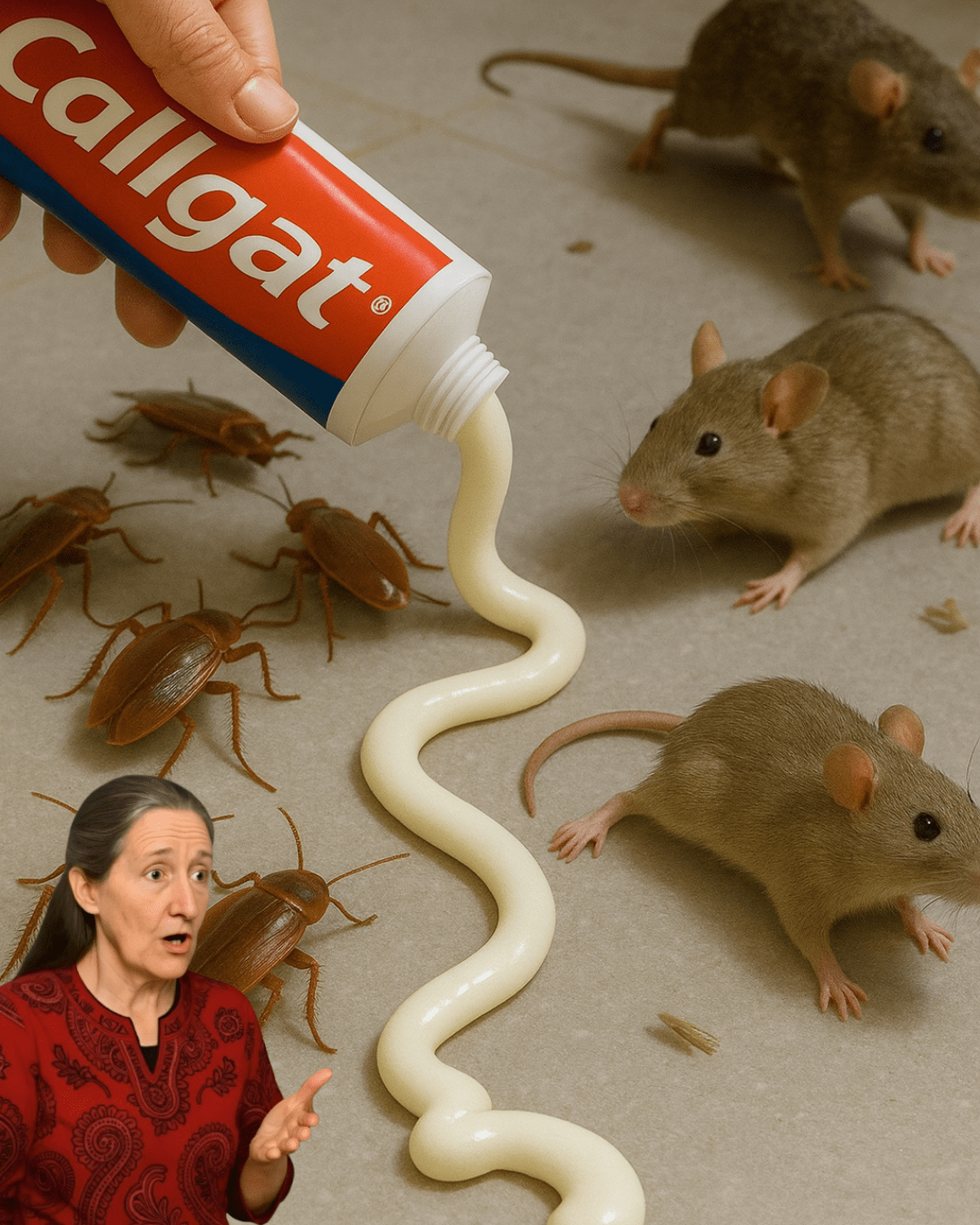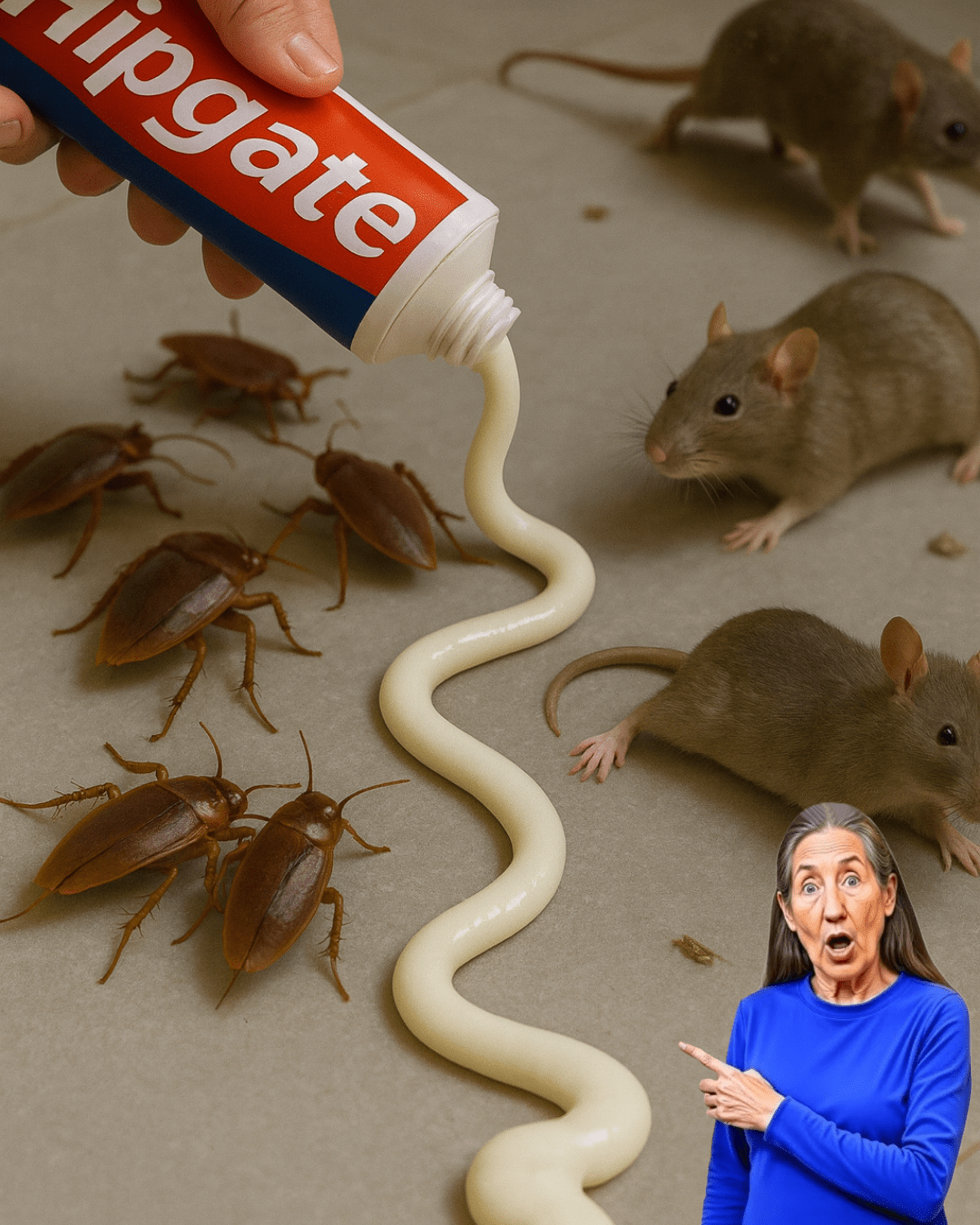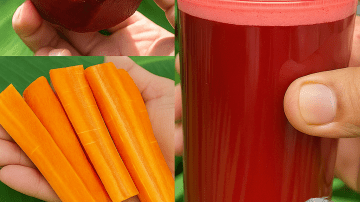Pests are more than just an inconvenience; they are a direct threat to your home’s hygiene, food safety, and structural integrity. Whether it’s a relentless trail of ants across your kitchen counter, a sudden glimpse of a cockroach, or the unnerving rustle of a mouse in the pantry, these unwelcome guests quickly turn a comfortable living space into a source of frustration and anxiety.

The instinct is to reach for harsh chemical sprays, traps, or poisons. However, these methods introduce toxins that risk the health of your family and pets. The ultimate solution is simple, affordable, and surprisingly effective—a hidden secret already sitting in your bathroom cabinet: Mint Toothpaste.
Read on to uncover the logic behind this unique, non-toxic hack. We’ll show you exactly how to transform ordinary toothpaste into a short-term deterrent and preventative barrier against mice, cockroaches, and ants, helping you save money and protect your home safely.
🔬 The Science of Aversion: Why Toothpaste Works as a Deterrent
While toothpaste is not a registered pesticide, its effectiveness as a pest deterrent against specific intruders is based on two key components that disrupt the insect’s reliance on scent:
1. 👃 Peppermint Oil and Menthol (The Olfactory Disruptor):
- The Mechanism: Mint-flavored toothpaste contains potent concentrations of peppermint oil and menthol. Pests like mice and ants rely heavily on their sense of smell to navigate, detect food sources, and follow pheromone trails.
- The Action: The overwhelming, concentrated mint aroma acts as a powerful irritant and olfactory barrier, masking the food smells the pests are seeking and disrupting their ability to follow established scent paths.
2. 🧱 Sticky Texture and Abrasives (The Physical Barrier):
- The Mechanism: The paste’s sticky, fast-drying texture provides a minor physical obstacle.
- The Action: Applying a thin line of toothpaste across small cracks or entry points can create a temporary barrier that small, crawling pests are reluctant to cross.
🐜 Strategic Defense: How to Deploy Toothpaste Against Pests
Toothpaste should be used as a targeted, short-term deterrent or preventative measure while you address the root cause of the infestation (i.e., sealing entry points).
1. Combatting Ants (Disrupting Scent Trails)
Ants are completely dependent on their chemical scent trails. Interrupting these paths is the key to deterrence.
- Target: Ant Trails and Entry Points (window sills, baseboards, door cracks).
- Protocol: Apply a thin line of mint toothpaste directly over the established ant trail or suspected entry point. The strong scent instantly confuses the ants, forcing them to find a new route.
- Maintenance: Reapply daily or after cleaning the area to maintain the overwhelming mint scent barrier.

2. Discouraging Mice (Blocking Entry Smells)
Mice have an incredibly sensitive sense of smell and actively avoid potent aromas like peppermint and menthol.
- Target: Cupboard Edges, Entry Holes, and Pantry Corners.
- Protocol: Apply a small dab or a thin line of mint toothpaste directly on or near suspected entry points (small holes, utility gaps, or baseboard corners).
- Maintenance: Refresh the application every few days to maintain the strong menthol deterrent. For permanent exclusion, this method must be combined with sealing the actual holes with steel wool or caulk.
3. Deterring Cockroaches (Scent Aversion)
Cockroaches prefer dark, neutral, or foul-smelling environments. Mint is a turn-off.
- Target: Under Sinks, Behind Appliances, and Dark Corners.
- Protocol: Mix toothpaste with a small amount of sugar and flour on a piece of cardboard. Place this mixture in corner areas. Note: The sugar attracts them, while the mint odor acts as a deterrent for nesting.
- Caution: Toothpaste is a deterrent, not a killer, and should not be relied upon for large infestations.
🛑 Critical Safety Tips: Protecting Pets and Children
While toothpaste is common, its misuse in pest control can be hazardous for small members of the household.
- Pet Hazard (Xylitol): Avoid placing toothpaste where pets can access or lick it. Some brands of toothpaste contain xylitol, which is highly toxic and potentially fatal to dogs. Always check the ingredients and keep the application spots out of reach.
- Food Surfaces: NEVER apply toothpaste directly on food prep surfaces or dining areas. Use it strictly as a deterrent along edges and entry points.
- Use Moderation: Use only a thin line of toothpaste. Excess can make a sticky mess and is wasteful.
- Use Mint: Ensure you use a strong, white mint toothpaste (not gel, charcoal, or fruit flavors) to maximize the menthol’s deterrent effect.
🌿 Final Thoughts: The Smarter, Safer Way to Protect Your Home
Toothpaste might be the most unusual pest control solution in your arsenal, but its strong scent, accessible ingredients, and non-toxic nature make it a handy tool for managing minor, localized pest problems and reinforcing entry points.
This hack is not a substitute for professional extermination in the case of a serious infestation, but it is a highly effective, safe, and affordable preventative measure. Pair this method with good habits—sealing cracks, storing food securely, and eliminating moisture sources—to keep your home pest-free for good. Your bathroom cabinet just became your non-toxic home defense center.






